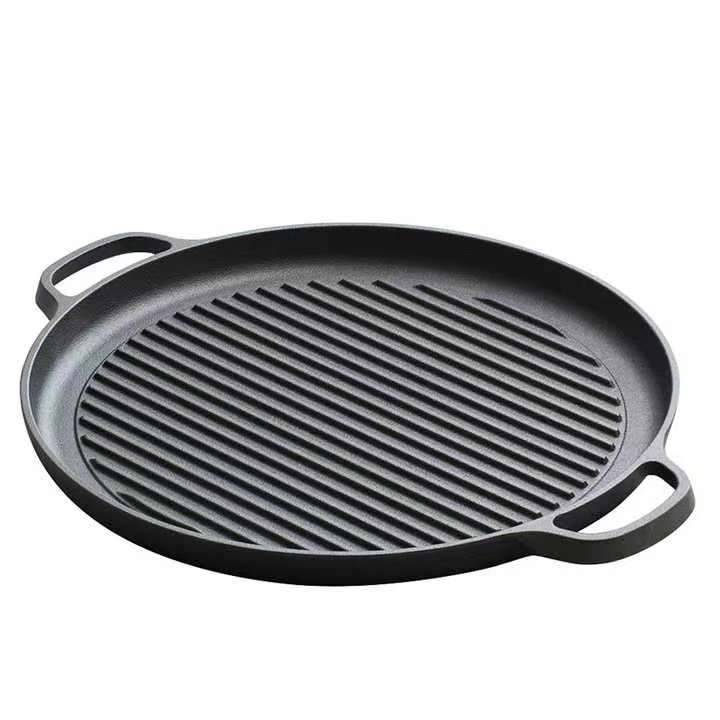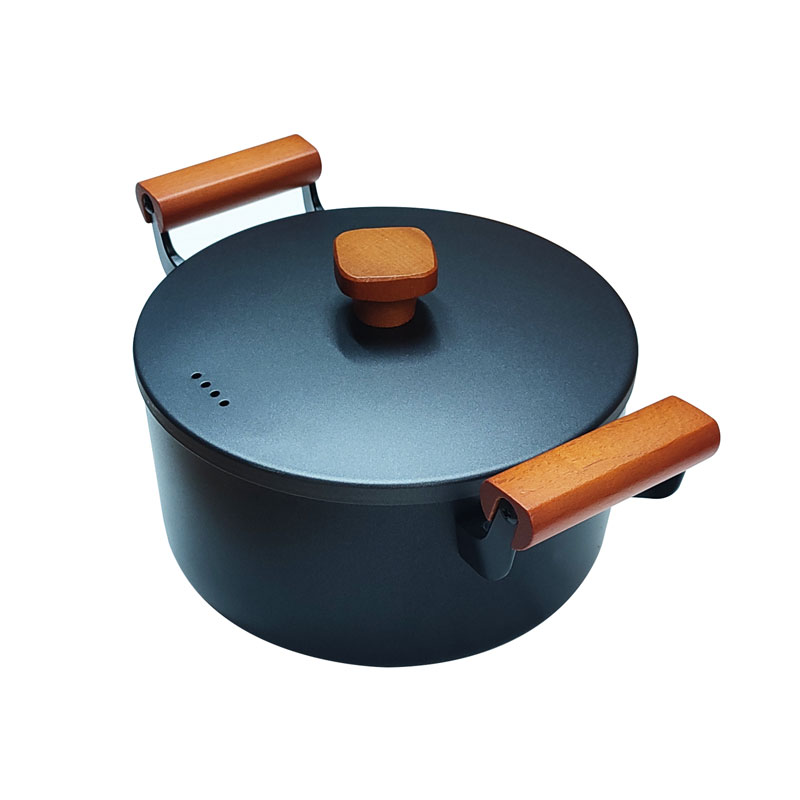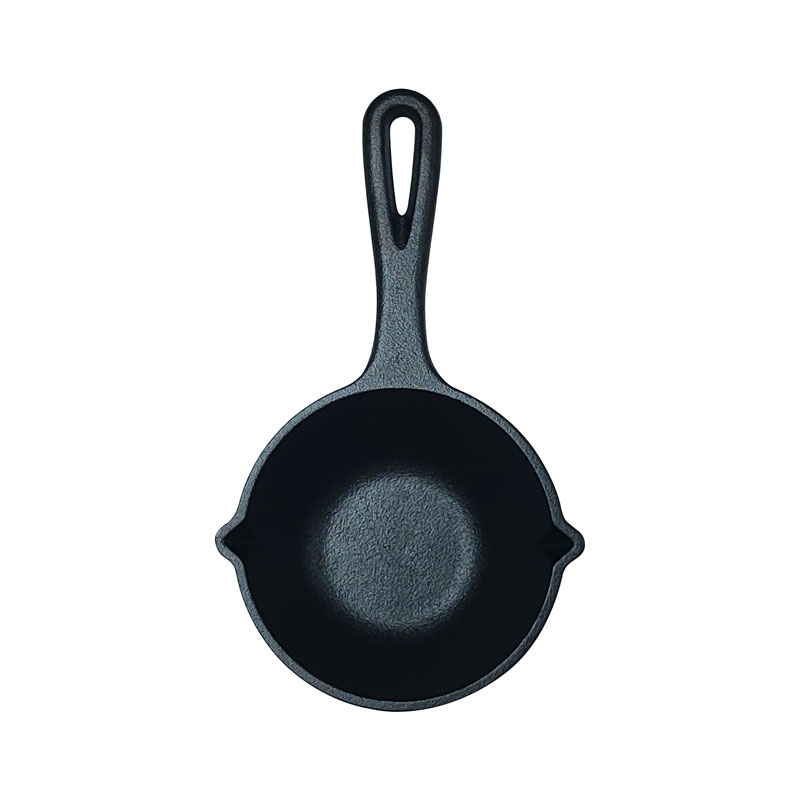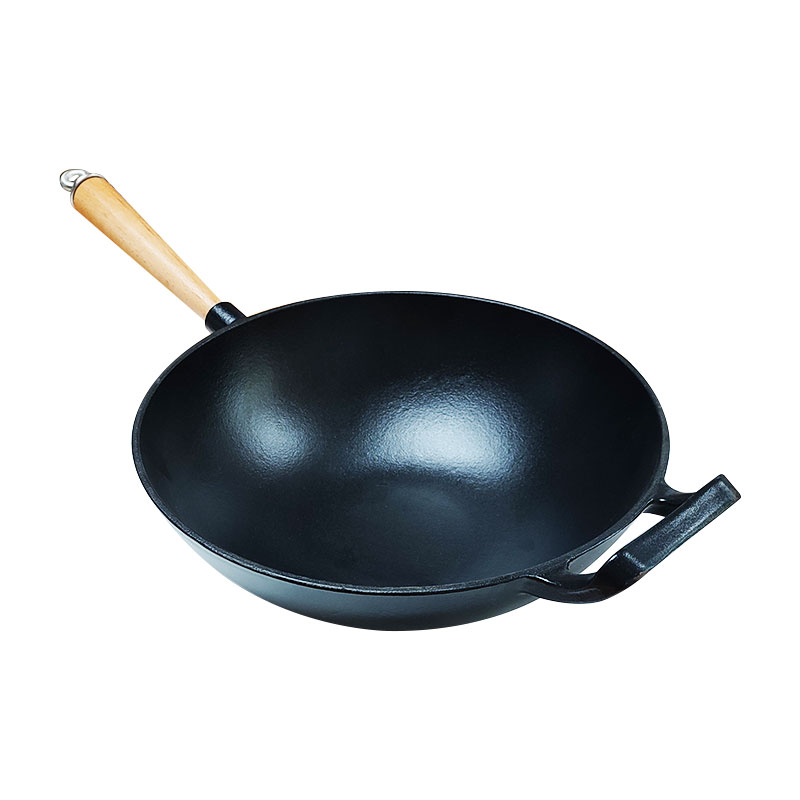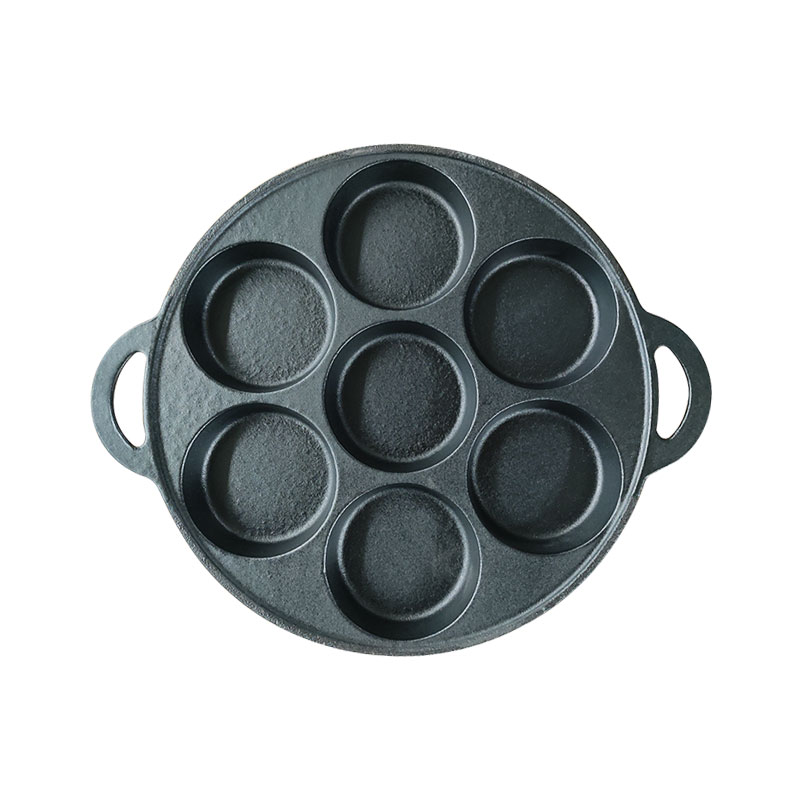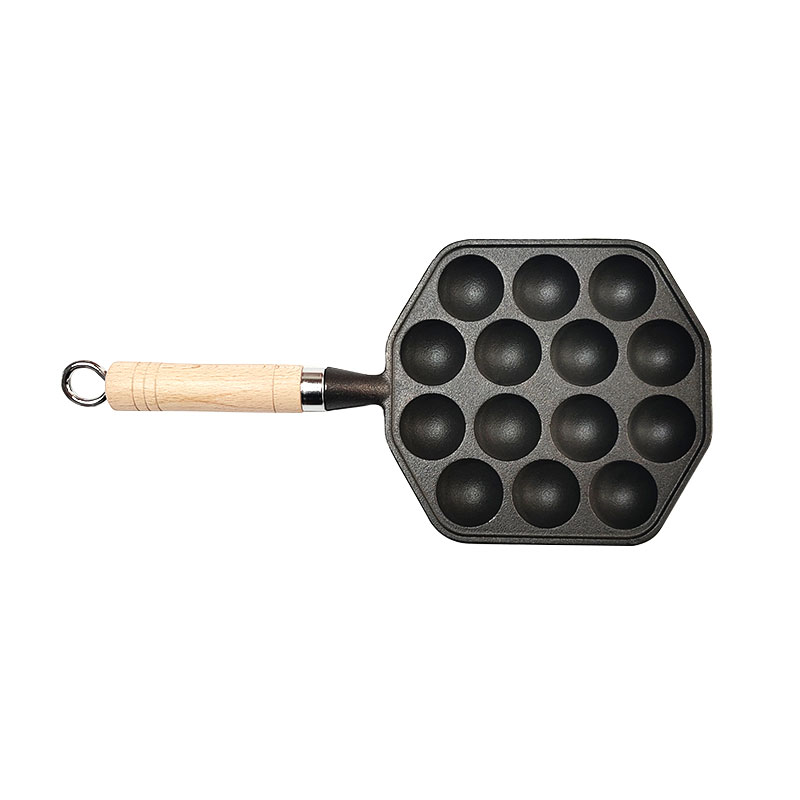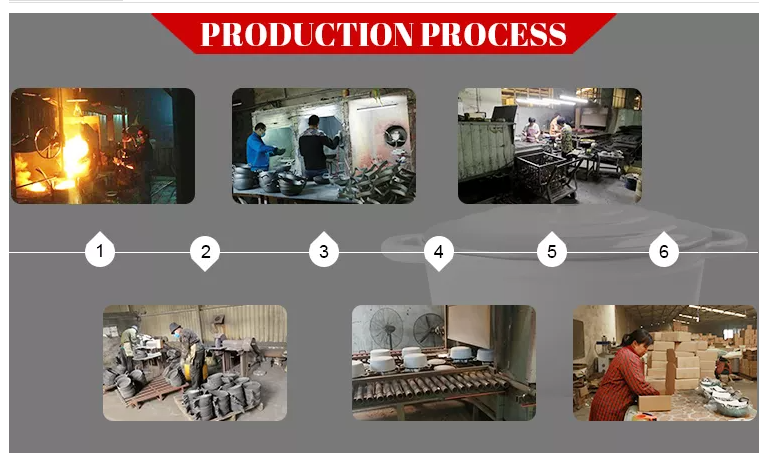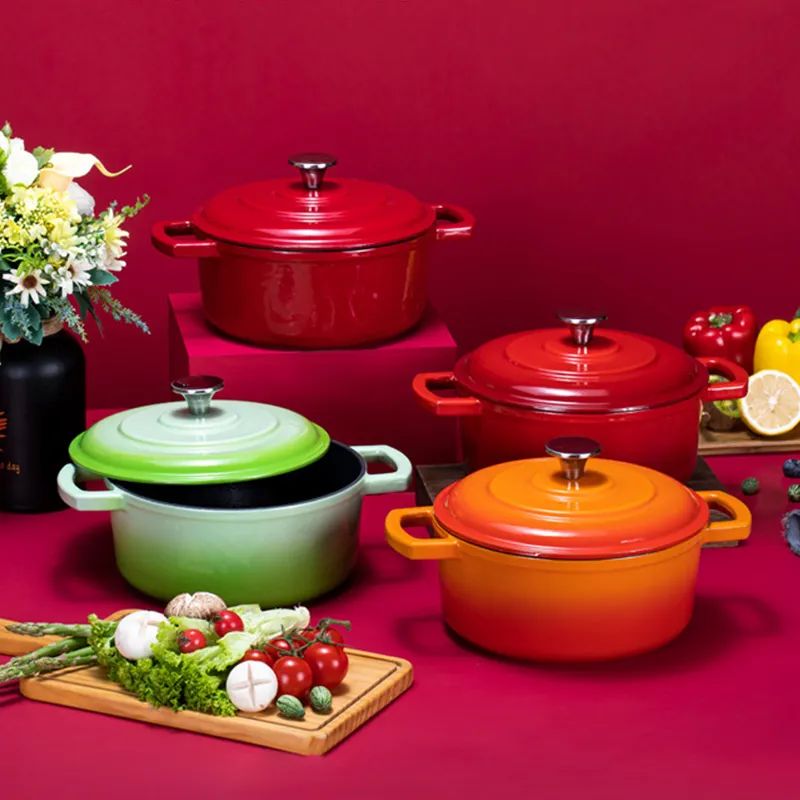- Afrikaans
- Albanian
- Amharic
- Arabic
- Armenian
- Azerbaijani
- Basque
- Belarusian
- Bengali
- Bosnian
- Bulgarian
- Catalan
- Cebuano
- Corsican
- Croatian
- Czech
- Danish
- Dutch
- English
- Esperanto
- Estonian
- Finnish
- French
- Frisian
- Galician
- Georgian
- German
- Greek
- Gujarati
- Haitian Creole
- hausa
- hawaiian
- Hebrew
- Hindi
- Miao
- Hungarian
- Icelandic
- igbo
- Indonesian
- irish
- Italian
- Japanese
- Javanese
- Kannada
- kazakh
- Khmer
- Rwandese
- Korean
- Kurdish
- Kyrgyz
- Lao
- Latin
- Latvian
- Lithuanian
- Luxembourgish
- Macedonian
- Malgashi
- Malay
- Malayalam
- Maltese
- Maori
- Marathi
- Mongolian
- Myanmar
- Nepali
- Norwegian
- Norwegian
- Occitan
- Pashto
- Persian
- Polish
- Portuguese
- Punjabi
- Romanian
- Russian
- Samoan
- Scottish Gaelic
- Serbian
- Sesotho
- Shona
- Sindhi
- Sinhala
- Slovak
- Slovenian
- Somali
- Spanish
- Sundanese
- Swahili
- Swedish
- Tagalog
- Tajik
- Tamil
- Tatar
- Telugu
- Thai
- Turkish
- Turkmen
- Ukrainian
- Urdu
- Uighur
- Uzbek
- Vietnamese
- Welsh
- Bantu
- Yiddish
- Yoruba
Custom Logo Cast Iron Frying Pans FAQ Guide
Can I Add a Custom Logo to the Cast Iron Frying Pan?


Yes, we offer OEM/ODM services, and your logo can be cast into the bottom of the pan, engraved on the handle, or printed on the packaging, depending on your branding needs.
What Does “Pre-Seasoned” and “Non-Stick” Mean for This Pan?


The pan is factory-coated with vegetable oil and heated to form a natural non-stick layer. This protects against rust and allows food to release easily during cooking.
Is This Frying Pan Suitable for All Cooking Surfaces?


Yes, it is compatible with gas, electric, ceramic, induction stovetops, and can also be used in the oven (depending on the handle type).
What Sizes and Shapes Are Available for Wholesale Orders?


We offer various sizes (e.g., 6", 8", 10", 12") and shapes (round, square, grill) to meet different market preferences. Custom molds can be developed for large volume orders.
How Should I Clean and Care for the Pan to Maintain the Non-Stick Surface?


Hand wash with warm water and a soft brush. Avoid soap and dishwasher use. Dry completely and apply a light coat of oil after each use to preserve the seasoning.


ສອບຖາມຕອນນີ້ໄດ້ສຳລັບຂໍ້ສະເໜີເຄື່ອງປຸງອາຫານທາດເຫຼັກ
ກະລຸນາຕື່ມຂໍ້ມູນໃສ່ແບບຟອມຂ້າງລຸ່ມນີ້ ແລະທີມງານຂອງພວກເຮົາຈະກັບຄືນມາຫາທ່ານດ້ວຍລາຄາ, ລາຍລະອຽດຂອງຜະລິດຕະພັນ, ແລະທາງເລືອກໃນການປັບແຕ່ງ.










